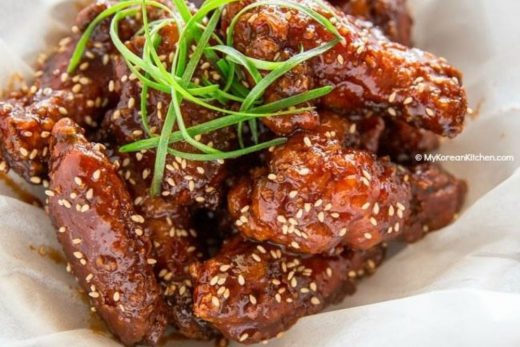If you believe the popular tales, more new American foods were invented at the 1904 World’s Fair in St. Louis, Missouri, than during any other single event in history. The list includes the hamburger, the hot dog, peanut butter, iced tea, the club sandwich, cotton candy, and the ice cream cone, to name just a few. If all the pop histories and internet stories have it right, American foodways would be almost unrecognizable if the 1904 fair had not been held.
These stories are all quite precious, but they’re also pretty easy to debunk. Iced tea, for instance, had been fashionable for decades by the time of the exposition. In 1868, more than 30 years before the fair, a widely circulated syndicated newspaper piece noted that “iced tea with lemon juice is said to be a popular and healthy drink,” and provided instructions for making it. The beverage subsequently appeared in numerous late-19th-century cookbooks. The term “Hamburg steak”—referring to a patty made of ground beef, meant to be eaten with a knife and fork—appeared in print before the Civil War, and references to “hamburger” being served as a sandwich date back to the 1880s, decades before the fair. The other foods commonly said to have been invented in St. Louis antedate the exposition by many years, too, evolving slowly over time into the forms we know today.





